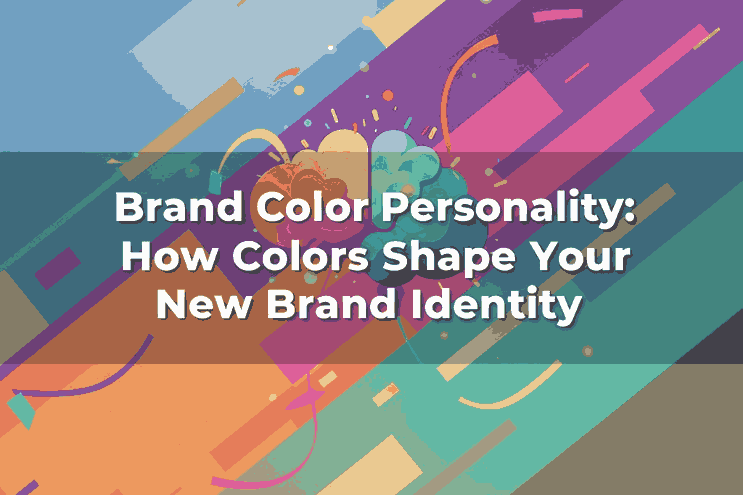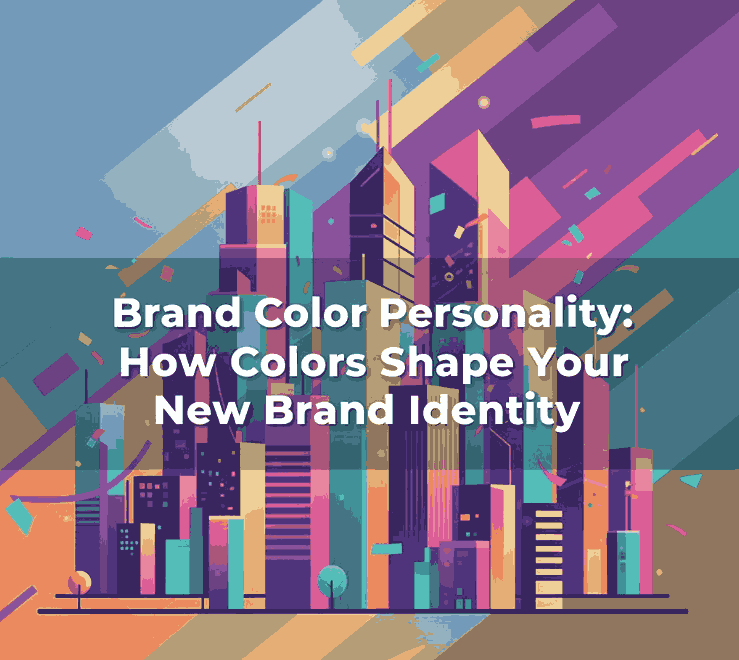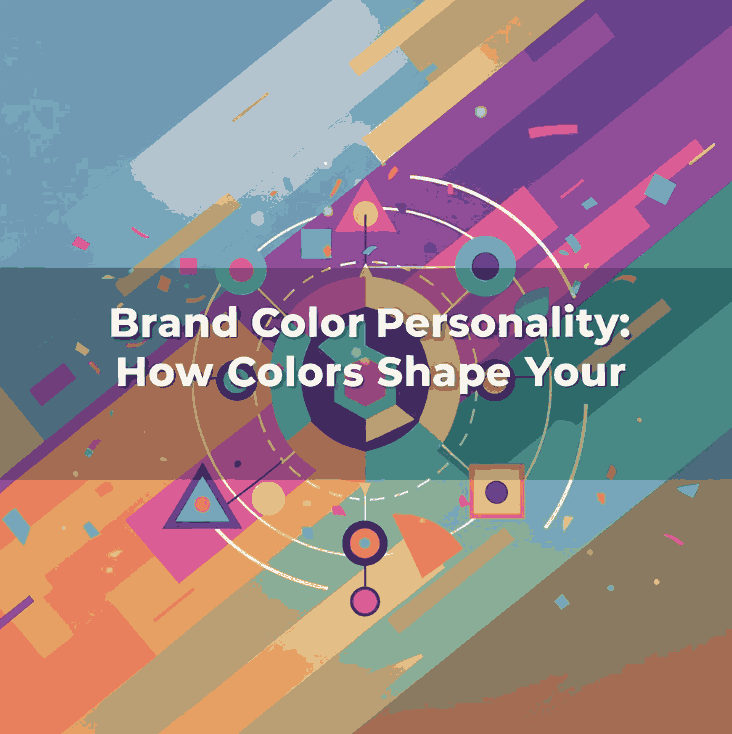
Table of Contents
- Introduction: Why Color Isn’t Just Decoration
- What Is Brand Color Personality?
- How Colors Influence Consumer Perception
- Key Color–Personality Associations
- Choosing a Color Personality for Your Brand
- Applying Brand Color Personality in Typography & Fonts
- Font Mockup Examples from Your Collection
- Pitfalls & Cultural Considerations
- Tips to Test & Validate Your Brand Color Personality
- Conclusion & Call to Action
- References
1. Introduction: Why Color Isn’t Just Decoration
You’ve probably heard that “colors speak louder than words.” In branding, that’s more than a cliché—it’s a strategic truth. The colors you choose for your brand become a nonverbal language, signaling who you are and what you stand for to your audience. This is at the heart of brand color personality.
For a font business like yours, where visual identity is core, aligning your brand’s personality with color helps your fonts “feel right” in context, attract the right customers, and create stronger brand recall.
2. What Is Brand Color Personality?
Brand color personality refers to the emotional, psychological, and associative traits that a brand’s color palette communicates to the audience. It’s how colors express the “character” of a brand—whether it feels energetic, trustworthy, youthful, sophisticated, earthy, or whimsical.
It is grounded in color psychology, which studies how color influences human emotion, behavior, and perception. In branding, color is a powerful cue—studies show that up to 90% of first impressions can be formed based on color alone.
So choosing colors isn’t just aesthetic; it’s a strategic decision in aligning visual identity with brand values and messaging.

3. How Colors Influence Consumer Perception
Colors influence perception in several interlocking ways:
- Emotional associations: People often unconsciously connect colors with feelings (e.g. blue = calm/trust, red = energy/passion).
- Cultural & contextual meaning: Interpretations of colors differ across cultures, industries, and usage context.
- Recognition & recall: A consistent color palette builds memory linkage—customers start to associate that hue set with your brand.
- Decision-making & behavior: Colors can influence what people pay attention to or how they perceive brand attributes like trust, sophistication, energy, or friendliness.
In short: your color choices help shape how your brand is felt and judged at a glance.
4. Key Color–Personality Associations
While these associations are not universal, here are commonly recognized linkages in branding:
- Blue → Trust, stability, professionalism
- Green → Nature, growth, harmony
- Red → Excitement, urgency, passion
- Yellow / Gold → Optimism, warmth
- Orange → Creativity, friendliness
- Purple → Luxury, imagination, spirituality
- Black / Dark Neutrals → Elegance, sophistication
- White / Light Neutrals → Simplicity, purity
Brands often pair a primary color with neutrals or accent colors to modulate their personality. (E.g. a tech brand might pair blue + gray + neon accent.)
A useful note: color psychology is nuanced and mediated by context, culture, and individual experience. No color guarantees one emotion.
5. Choosing a Your Brand Color Personality
Here’s a framework you can follow:
- Define your brand values, tone, and target audience
What do you want people to feel when they see your brand? Bold? Warm? Premium? Creative? - Map traits to colors
Pick color(s) that best echo those traits. If your brand is “creative + grounded,” you might lean earthy greens + warm neutrals + one accent. - Test harmony & contrast
Ensure your palette is usable—text legibility, contrast, color combinations must work in practical use. - Consider accent colors
Use accent hues to introduce nuance, highlight, or signal interactive states. - Stay consistent
Apply your color personality across all brand assets—logo, website, social media, mockups, packaging. - Be flexible to context
Use variations or secondary palettes when needed, but keep primary identity stable.
By anchoring your color decisions in personality and consistency, you build stronger visual identity.

6. Applying Brand Color Personality in Typography & Fonts
As a font designer/seller, your color personality should reflect (or harmonize with) your font style. Here’s how:
- Font sample previews: Display your fonts on backgrounds that reflect your brand’s personality. Use your primary hue in a way that makes the font pop.
- Mockup contexts: If your brand is rugged or bold, use earthy, textured palettes. If elegant or luxury, use dark neutrals or muted tones with accent highlights.
- Font pairing examples: Show how two fonts work together with your brand palette—one in primary color, one in secondary.
- Highlighting special glyphs or alternates: Use accent colors to draw attention to ligatures, alternates, or stylistic sets in demo visuals.
Your font visuals become not just product previews, but expressions of your brand’s color personality.
7. Font Mockup Examples from Your Collection
Here are some fonts in your catalog and how you might incorporate brand color personality in their mockups:
- Rustte Font — Use warm rust, burnt orange, deep brown or olive tones to emphasize the rugged, expressive character of the font.
- Holdsmith — Pair dark neutral or charcoal backgrounds with a bold accent (e.g. muted gold) to present a dignified and timeless personality.
- Jungle Tribe Font — Use natural greens, earthy browns, and subtle accent colors (like warm ochre) to evoke jungle or organic brand themes.
- Charima Sharene Font — Elegant, script‐style font might be showcased over soft pastels or muted jewel tones with metallic accents for a more premium aesthetic.
Make sure your mockups align visually with the personality your brand wants to communicate—don’t just randomly use colors.
8. Pitfalls & Cultural Considerations
- Overgeneralizing color meaning: Color associations differ across cultures and individuals. What is soothing in one region may feel dull in another.
- Ignoring contrast & legibility: Even the best palette fails if text is unreadable.
- Trend chasing: Don’t change color personality too often just to follow trends; consistency builds recognition.
- Clashing personalities: Be careful with secondary or accent hues—they shouldn’t muddy your core identity.
- Assuming universal responses: Personal and cultural differences mediate how color is perceived.
Always test your color choices with your target audience.
9. Tips to Test & Validate Your Brand Color Personality
- A/B testing: Present variations of mockups to small audience and see which palette gets better response.
- Surveys / Feedback: Ask people what emotions or traits they perceive from your color choices.
- Brand persona tests: Show your brand visuals (with colors) and ask participants to pick adjectives (e.g. “trusted,” “creative,” “bold”).
- Contrast & accessibility tools: Use contrast checkers to ensure color combinations comply with readability standards.
- Longitudinal consistency: Evaluate if the palette still feels appropriate as your brand grows or evolves across media.
Validation is key—color personality isn’t just what you like; it’s how your audience receives it.
10. Conclusion & Call to Action
Your brand color personality is a powerful tool: it communicates unspoken values, shapes emotional perception, and gives your brand a visual voice. For a font business, strong alignment between the style of your typefaces and your brand’s color persona is a competitive edge.
Next step: Choose one or two adjectives (e.g. “bold & grounded,” “elegant & creative”) and build a minimal palette (primary + accent + neutrals). Apply that palette across one font mockup and test audience reaction.
References
- HubSpot — “Color Psychology: How To Use it in Marketing and Branding”
- HelpScout — “Color Psychology in Marketing & Branding: Will It Always Work?”
- BrandVM — “Brand Color Psychology: How Hues Influence Emotions and Behavior”
- Insights in Marketing — “The Power of Color in Branding and Marketing”
